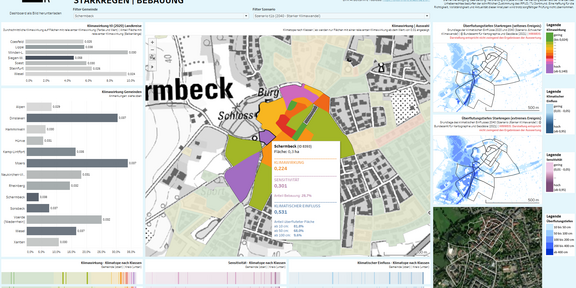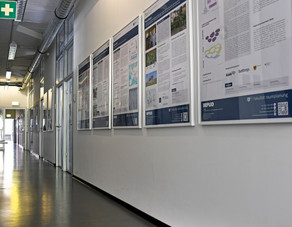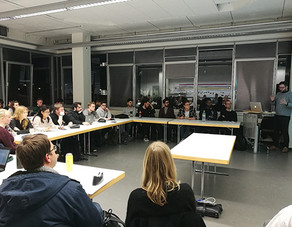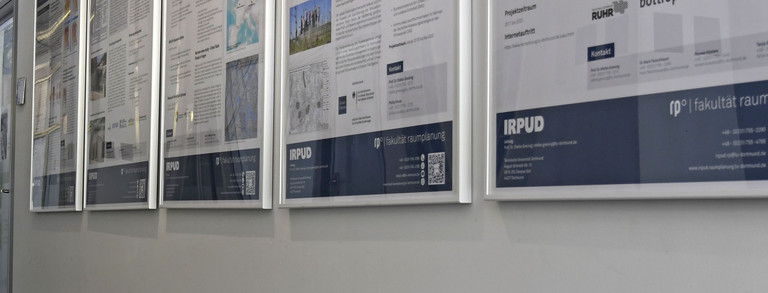Evolving Regions – Update the regional climate impact analyses

IRPUD is developing regional climate impact analyses for seven regions with a total of 100 municipalities in North Rhine-Westphalia as part of the Evolving Regions project. We are using these analyses together with regional and local stakeholders within the framework of roadmap processes to identify possible locations for climate adaptation measures. Since the last version of the climate impact analyses, we have focused on the preparation of results and the transparency of the method and the results. The aim is to make it easier for stakeholders to access the climate impact analyses, which are processed in interactive dashboards using the Tableau software, and enable a "gamified" approach to the enormous depth of information in the analyses and the basic data. This approach also applies to users who have little experience with geographic information systems.
The latest version of the climate impact analyses contains ten detailed analyses for different climate impacts of the climatic influences of heat, drought, heavy rainfall and floods. The integration of various filter functions - e.g. the analysis of different future scenarios or municipalities - and highlighting within the interactive dashboards allows a direct comparison of the results and simplifies the identification of hotspots where adaptation measures should be primarily located due to the high climate impact. Furthermore, in order to be able to better assess and evaluate the climate impacts in detail, maps with basic climatic data were added to the interactive dashboards, such as the water depths of various heavy rainfall scenarios.
In the context of the project, IRPUD took the lead in publishing the scientific article "Comparing Climate Impact Assessments for Rural Adaptation Planning in Germany and the Netherlands" in the journal "Urban Planning" in August 2021 (https://doi.org/10.17645/up.v6i3.4269). The publication compares the Dutch and the Evolving Regions approach to climate impact assessments, and provides conclusions and advice for further elaborations of the two approaches.






